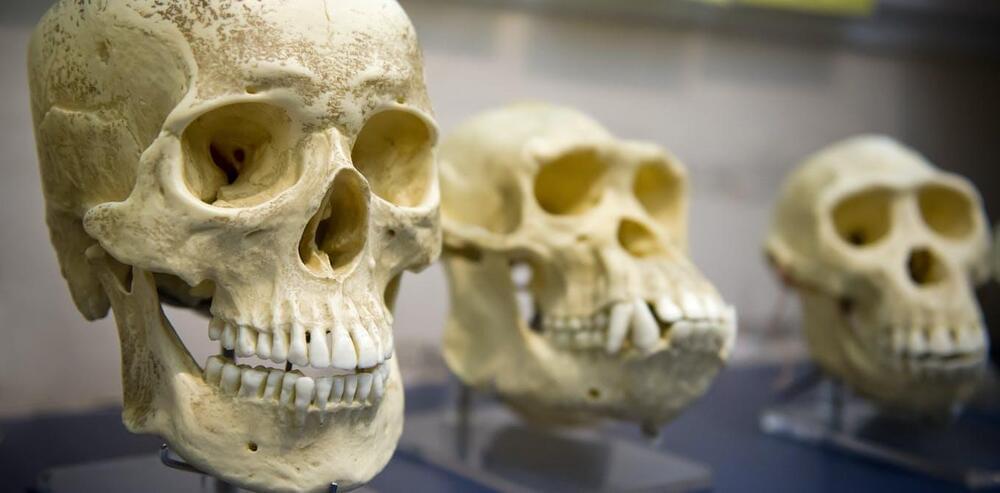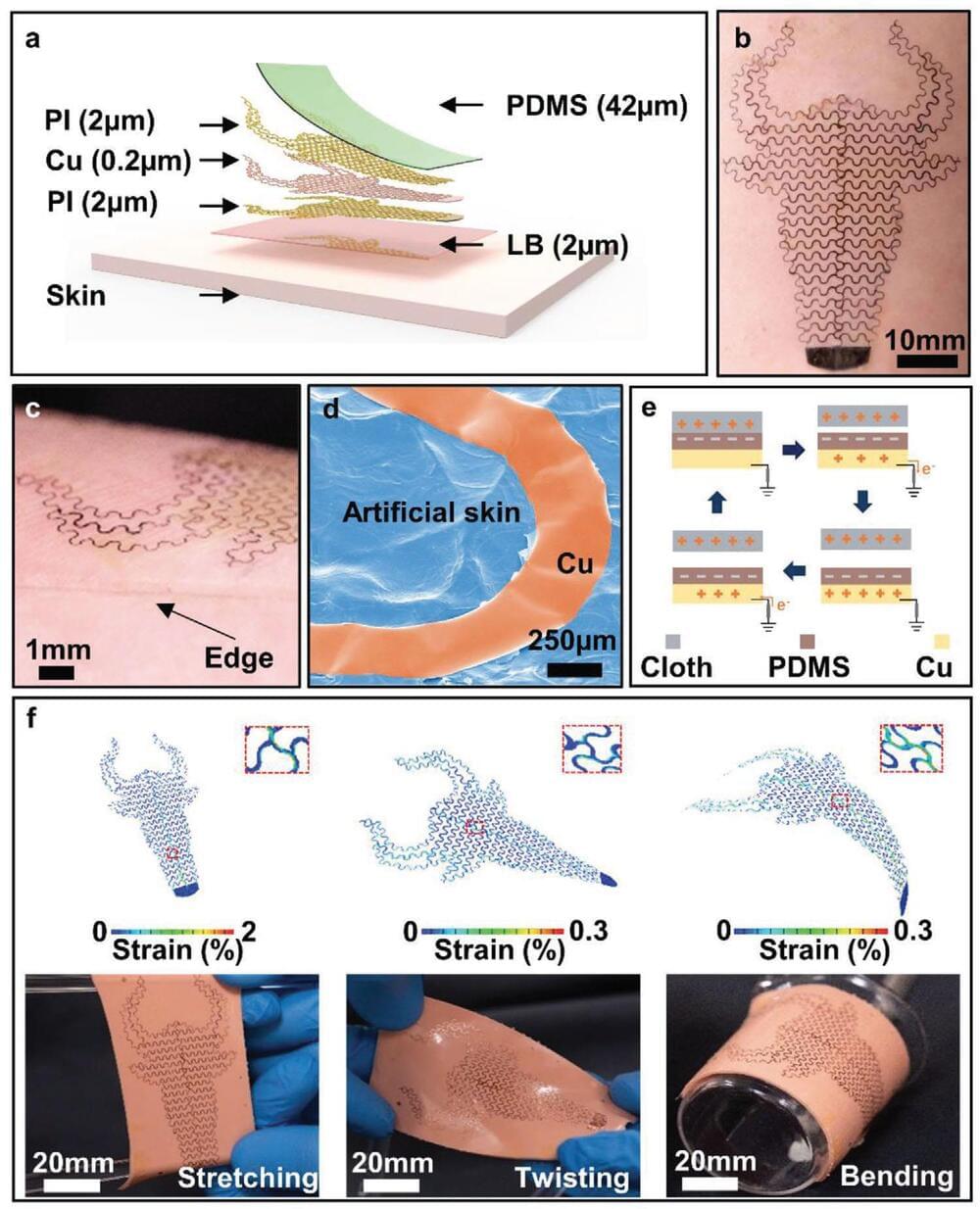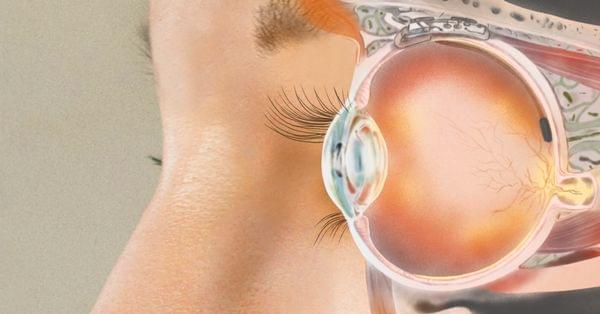Interview with Hugo in Melbourne after the Singularity Summit Australia 2010, conducted by Adam A. Ford.
Terrans, Cyborgs and Cosmists — Varieties of human groups. Species dominance.
Bio: Prof. Dr. Hugo de Garis, 63, has lived in 7 countries. He recently retired from his role of Director of the Artificial Brain Lab (ABL) at Xiamen University, China, where he was building China’s first artificial brain. He and his friend Prof. Dr. Ben Goertzel have just finished guest editing a special issue on artificial brains for Neurocomputing journal (December 2010), the first of its kind on the planet.
He continues to live in China, where his U.S. savings go 7 times further, given China’s much lower cost of living. He spends his afternoons in his favorite (beautiful) park, and his nights in his apartment, intensively studying PhD-level pure math and mathematical physics to be able to write books on topics such as femtometer scale technology (“femtotech”), topological quantum computing (TQC), as well as other technical and sociopolitical themes.
He is the author of two books: The Artilect War: Cosmists vs. Terrans : A Bitter Controversy Concerning Whether Humanity Should Build Godlike Massively Intelligent Machines (2005) and Multis and Mono: What the Multicultured Can Teach the Monocultured: Towards the Creation of a Global State (2010). Both these books are concerned with the political consequences of future technologies.
He labels his new lifestyle “ARCing” (After-Retirement Careering), feeling freed from wage slavery, spending (probably) the remaining 30 years of his life pursuing with passion those deep and interesting topics that truly fascinate him, without having to waste huge amounts of time writing an endless stream of relatively unread, un-meaningful, short-horizon scientific papers or research grant proposals just to receive a salary. He feels liberated from all that, and can recommend ARCing to anyone with sufficient savings (i.e… to take up “wage free careering in the third of life”).




